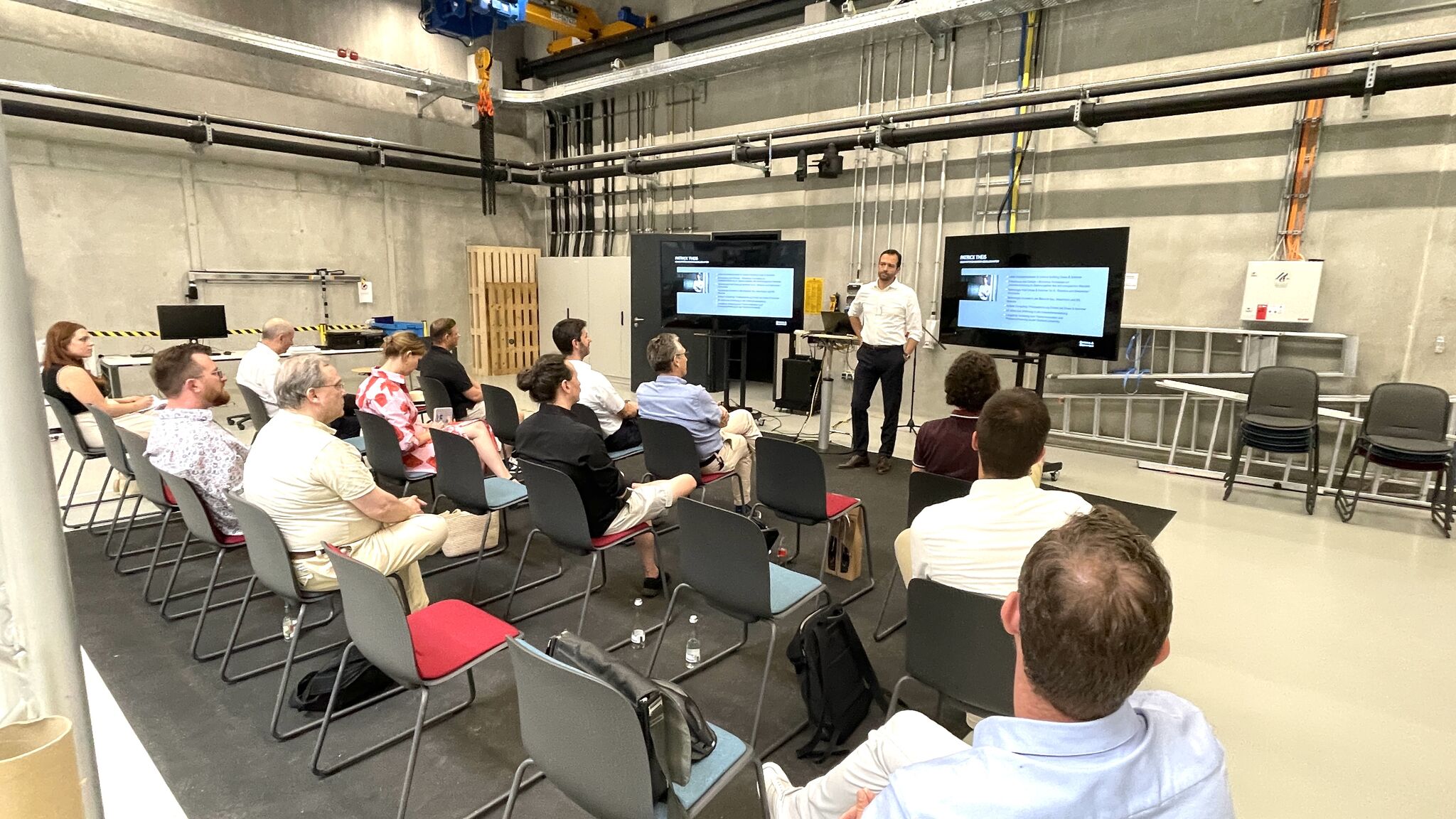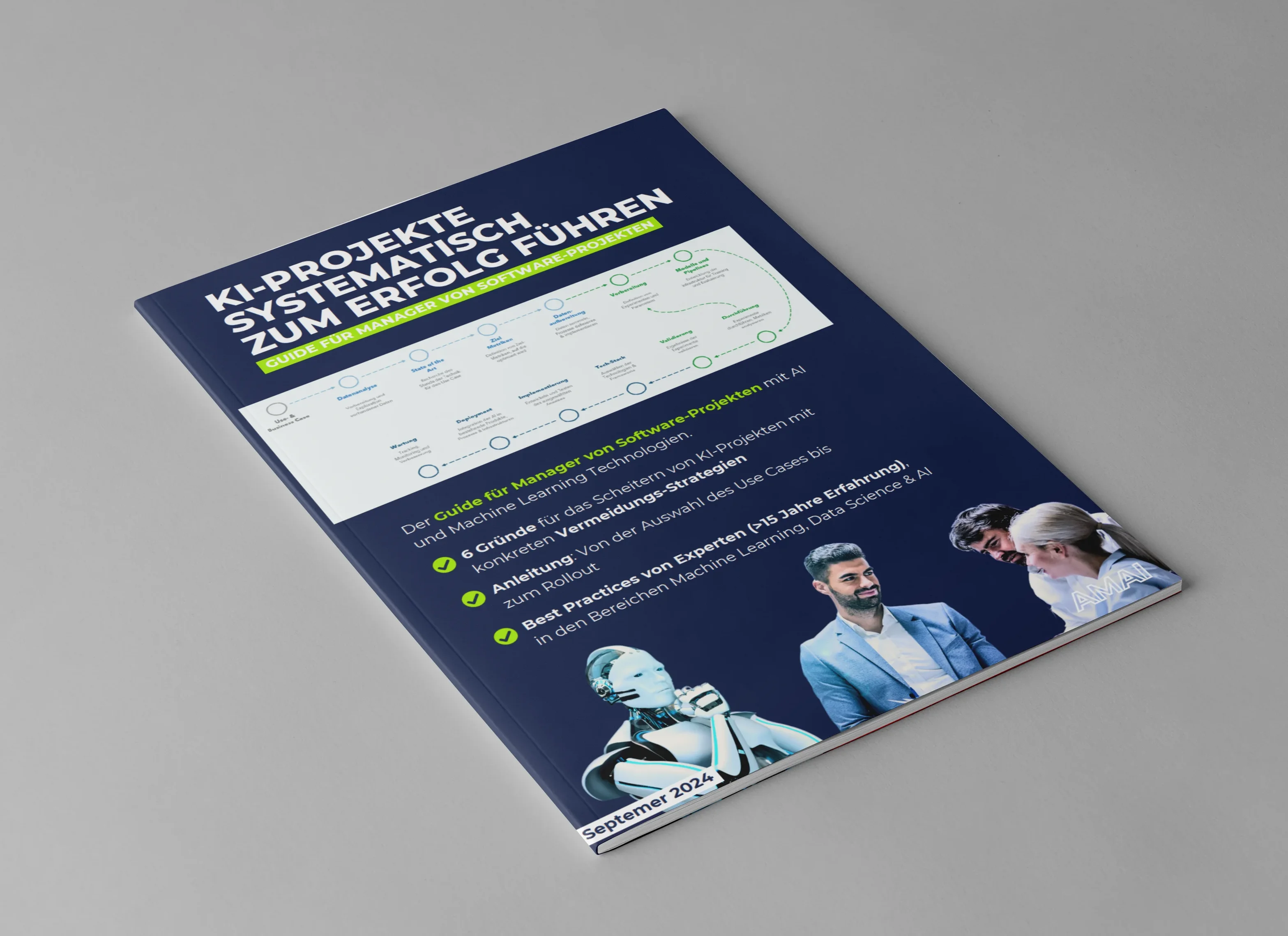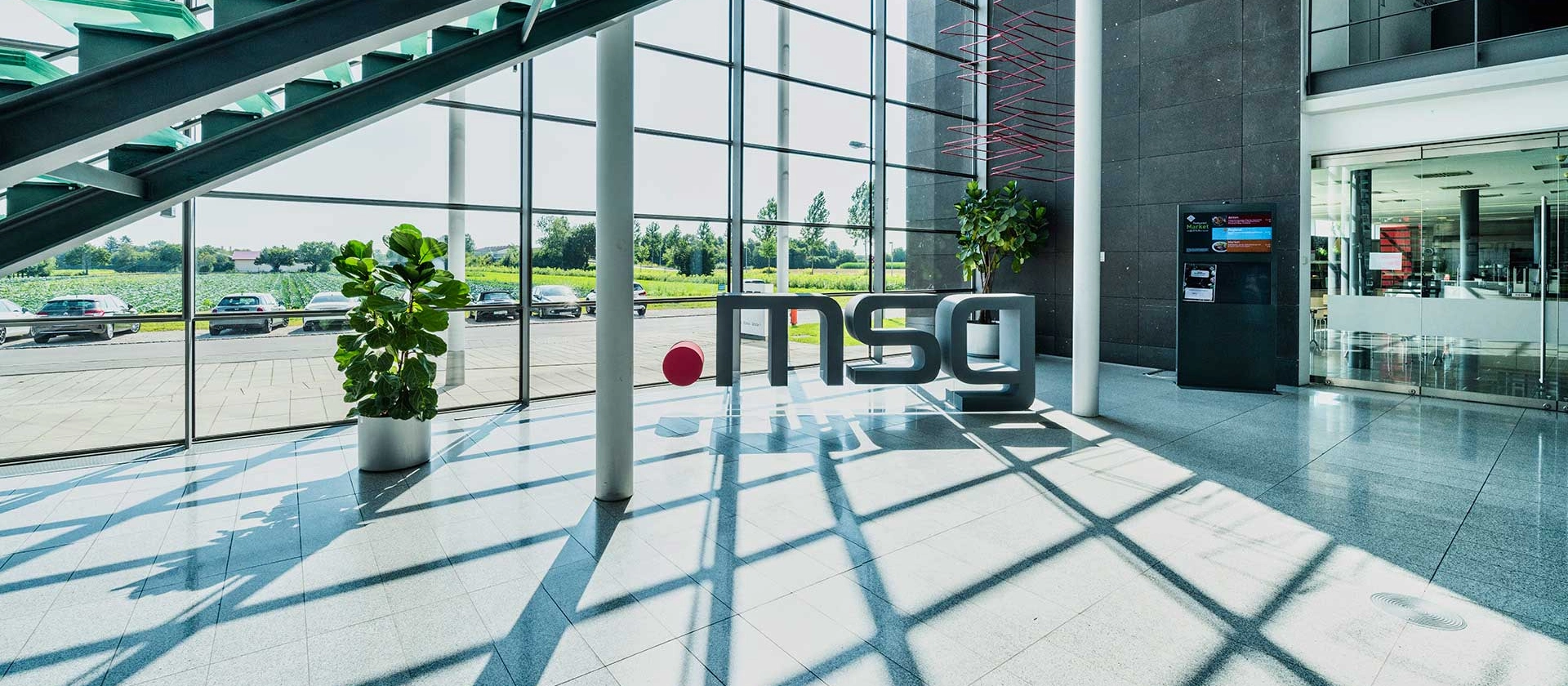WHATS IMPORTANT
🍏 Apple introduces NeuralHash child abuse protection system — which is immediately dismantled
Apple has announced that in future it will calculate hash values for every photo on its users' phones and compare them with a database that contains hash values of child pornographic content.
In the USA, law enforcement agencies create hash databases for such content (Child sexual abuse material, CSAM for short) available. So-called fingerprinting methods such as Microsoft's PhotoDNA are already being used today by companies such as Facebook, Twitter and Adobe to identify matches with CSAM databases and content on their platforms. However, these systems can be easily tricked by minor image manipulations, such as adding watermarks to an image.
Apple's new system, on the other hand, promises to be immune to such manipulations. The so-called “Perceptual hashing” uses a neural network to recognize and hash the content of an image instead of the exact pixel values.
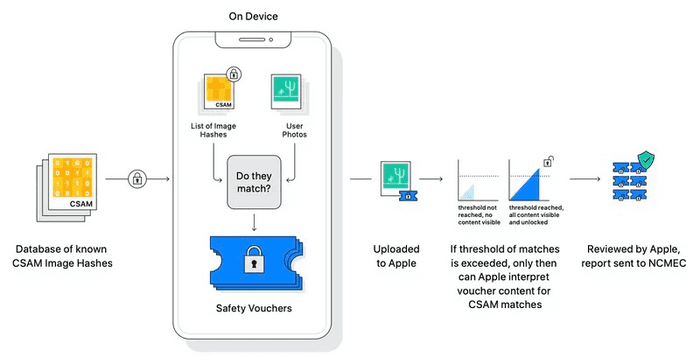
Apple promises that the calculation and the Synchronization of image hashes only within devices will take place. Only in the case of repeated incidents are the images forwarded to a human reviewer (and forwarded to law enforcement agencies when necessary).
Still, clickbait headlines were like “Will Apple search all my iPhone photos soon?” on the agenda in recent weeks. Criticism came not only from the tabloids, but also from the tech community and politics:
The planned CSAM scanning is the “biggest breach of communication confidentiality that we have experienced since the invention of the Internet” — FDP member of the Bundestag in a letter to Tim Cook (Source: heise.de)
To make matters worse, one Reddit user succeeded u/Asuharietygvar, that Reverse engineer the neural network that Apple uses to hash images. He recognized the MobileNetv3 architecture and published code to extract the complete model.
Using the exposed model, others discovered natural hash collisions, i.e. when two different images yield the same hash value. Even images from the computer Vision 101 standard data set ImageNet contained images with such natural hash collisions.
Even worse Hash collisions could soon be fabricated. Changes that are almost invisible to humans can result in two different images generating the same hash value. Swiss researcher Yannic Kilcher published a tutorial (“How to Break Apple's NeuralHash”), which shows how hash collisions are artificially generated. As a result, some users are worried that seemingly inconspicuous photos on their cell phones could land them in law enforcement databases.

Apple has responded to criticism responds, by promising that a second, independent hash system on the server side will verify the images before a person sees them or contacts law enforcement agencies.
For now, CSAM scanning is only intended for devices in the United States. It remains to be seen whether Apple will activate the system with iOS 15 as planned or will yield to the data protection concerns that have now been publicly discussed and discontinue the project.
7 THINGS WE FOUND WORTH SHARING
🎓 forming: “Godfather of AI” Yann LeCun has just completed his NYU Deep Learning Spring 2021 course. All lectures are now available online.
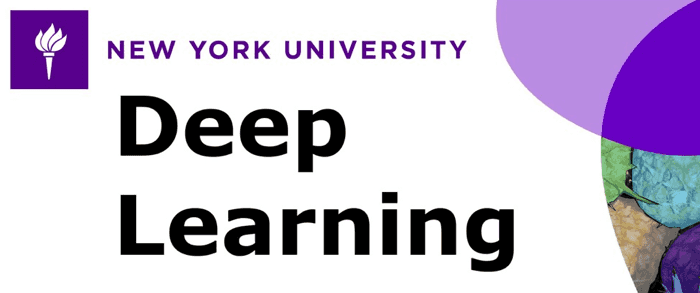
💻 Code & Tools: OpenAI Codex, the AI system that natural language translated into code, is now available in a private beta version via an API. Codex is the system behind GitHub's co-pilot, which we have already reported on. Companies and developers can now Sign up for the early access waiting list.
📄 Paper: In “Fabrication-Aware Reverse Engineering for Carpentry” Nöckel et al. (2021) show how AI can reconstruct building plans from images of timbered furniture.
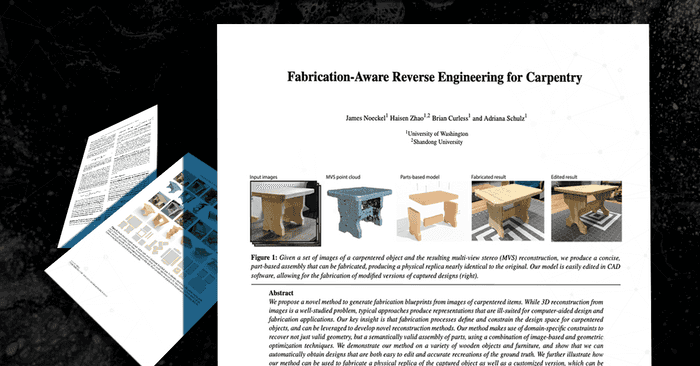
🗞 Industry news: On yesterday Tesla AI Day Did the car manufacturer set up a humanoid “Tesla Bot” and the “D1", a completely self-developed chip that supposedly will be the fastest training computer for artificial intelligence models. Here are the See the entire Tesla AI Day event or just the Announcement of Tesla Bot here on.
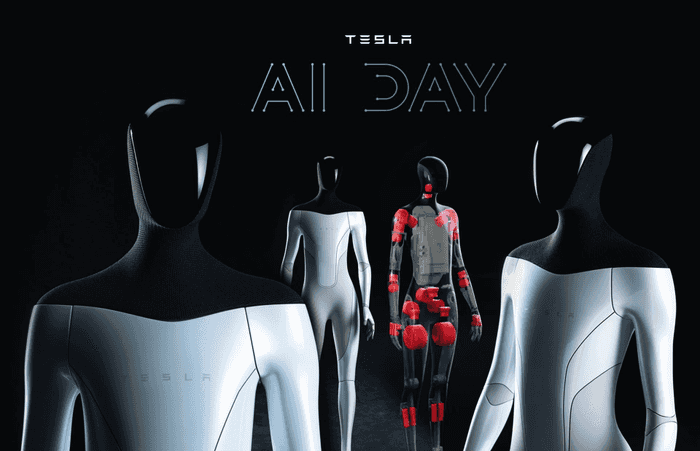
📅 Event: The United Nations Development Programme (UNDP) is organising the multi-month “U&AI AI for SDGs Youth Bootcamp”to develop AI projects that promote the Sustainable Development Goals. Project proposals can be submitted until August 31. Certainly a good competition to spice up your own portfolio.
📄 Paper: LiftPose3d by Gosztolai et al. has just been in the renowned journal Nature published. The deep learning-based approach can convert two-dimensional images of laboratory animals into three-dimensional poses. The code is freely available on GitHub and invites it to be applied to other areas.
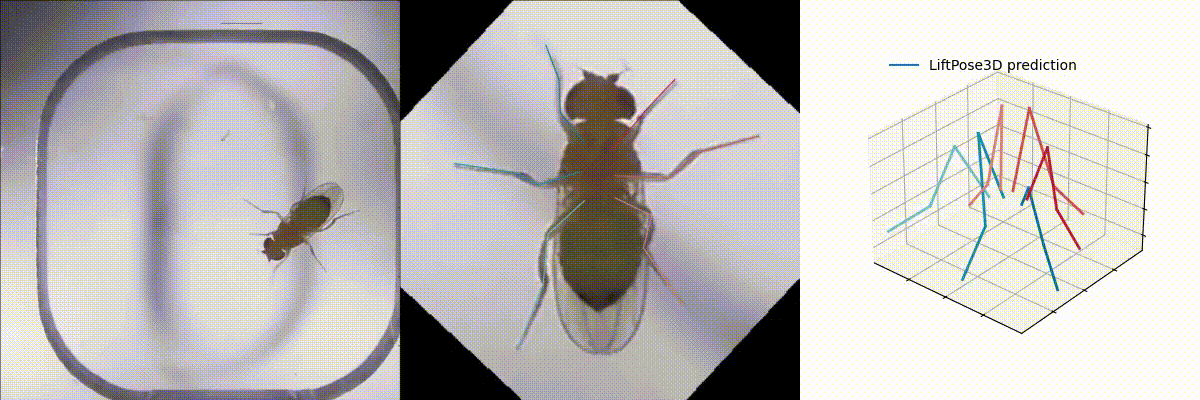
📅 Event (online, 🇩🇪 German) September 29, 14:00 — 16:00: Colleague AI — What skills do employees need in tomorrow's working world?
The Fraunhofer Institute for Labor Economics and Organization is launching a new Webtalk series called “KI.Impulse.” The first issue is about AI in the workplace — Sign up here.









